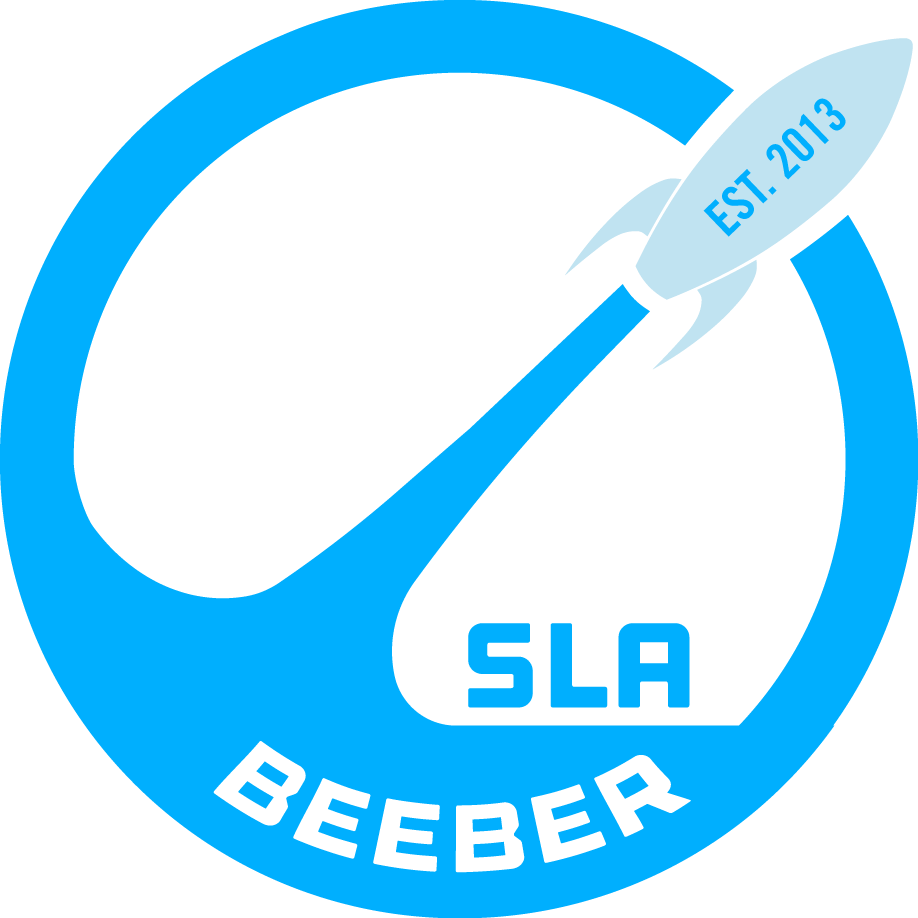Bio Chem 2 Benchmark
Comparative Anatomy
Overall goal: Present and explain the evolution of your organ system through comparative anatomy
.
Introduction
The primary function of the skeletal structure is movement of the body, protection of the organs, and over structural integrity of the body.
Systems/ Features to be compared | Earthworm (Lumbricus terrestris) | Frog (Rana pipiens) | Human (Homo sapien) | Cat (Felis catus) | Organism of choice: Bulbasaur (Fushigidane) |
Phylum | Annelida | Chordate | Chordate | Felis | Pokemon |
Habitat | anywhere there is moist soil and dead plant material but can be found in many habitats on land and in freshwater | is in or near ponds. | Suburban, rural, urban areas | forests, grasslands, tundra, coastal areas, agricultural land, scrublands, urban areas, and wetlands | The Viridian Forest/ Oak’s Lab |
Skeletal System | N/A | long, strong back legs, with extra joints so they can fold up close to the body. | Human skeletal system, the internal skeleton that serves as a framework for the body. This framework consists of many individual bones and cartilages | The skeleton has hard tissues of the body, and its primary functions are to support the body, the protect the soft organs of the body, and to produce red blood cells (hematopoiesis). | mammalian skeleton with a beak for slicing plants and meat. |
Fish were the first creatures with the trait of bony skeletons and which we originated from. Although exoskeletons were thought to arise exclusively from the neural crest, recent experiments in teleosts have shown that exoskeletons in the trunk are mesodermal in origin. “Recent developmental studies suggest that the boundary between neural crest- and mesoderm-derived bones may not be consistent throughout evolution”. Also, the vertebrate skeletal system is well suited to biomechanical analyses, allowing both morphological and functional transitions throughout evolution to be reconstructed . “Before the concept of evolution was established, two distinct types of bones were recognized in vertebrate skeletons and were thought to reflect their embryonic development” and whether the bone came from a cartilaginous precursor or not. From the POV of comparing morphology and paleontology, it has been said that two lineages of skeletal systems the endoskeleton and exoskeleton have succeeded in vertebrate evolution .
I organized it this way because I couldn’t insert a Venn diagram so, I used the video as a example and this Venn Diagram is what I made
Earthworm (Lumbricus terrestris) | Frog (Rana pipiens) | Human (Homo sapien) | Bulbasaur (Fushigidane) | Cat (Felis Catus) | |
Eyes | x | x | x | x | |
Backbone | x | x | x | x | |
Warm-Blooded | x | x | x | x | x |
Hair | x | x |
Conclusion
The skeletal system for organisms changed in a way so that they can become more mobile and able to do more things. An example of this is with humans and how our skeletal structure in our hands are set up to help use them to pick things up and make a fist if you need to. For organisms such as frogs their skeletal system changed to help them become more mobile in the water and also on land with how their skeletal structure is set up in their hind legs. If our skeletal structures didn’t evolve over time we wouldn’t be able to do half things we do now same with any organisms if frogs didn’t have the skeletal system they have today they would just be laying there waiting to be eaten. One thing that interesting is how the bones are made when the organism is still in development. I wanna know how that all works out and how the body knows how to structure each part so it the organism won’t be different from past organisms. Overall the skeletal system is a very interesting system in the body and a very important one at that and without it a lot of the things that we do/are doing now wouldn’t have been possible without the skeletal system.

Comments
No comments have been posted yet.
Log in to post a comment.